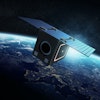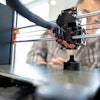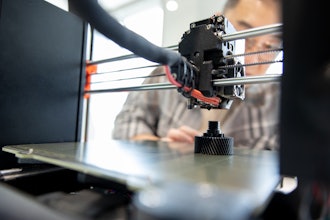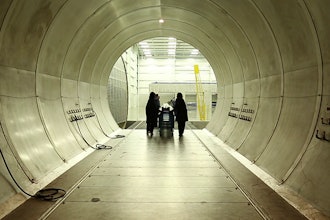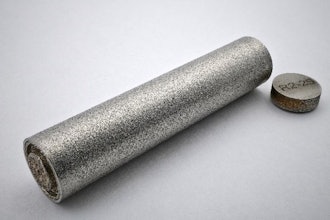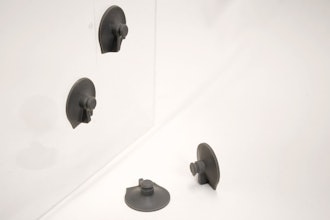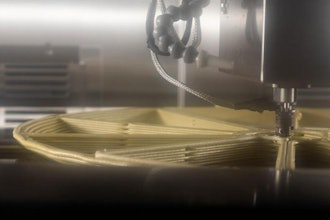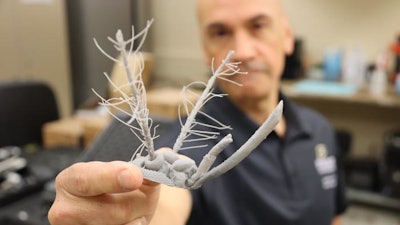
One of nature’s most disliked creatures may very well unlock a breakthrough in disaster response.
A multidisciplinary Purdue University research team is recreating mosquito antennae to better study their sensitivity to vibrations. Should the research prove fruitful, it could lead to improvements in monitoring and detecting natural disasters such as earthquakes and tsunamis.
Research groups under Purdue professors Pablo Zavattieri and Ximena Bernal conducted this work, which is published in the journal Acta Biomaterialia.
“We’re still in the early stages but we’re pretty optimistic that we’ll at least learn a great deal,” said Zavattieri, the Jerry M. and Lynda T. Engelhardt Professor of Civil Engineering in Purdue’s College of Engineering. “Taking inspiration from nature and using it to advance scientific research has been a core feature of engineering since the very beginning.”
Despite lacking traditional ears, mosquitoes rely on their antennae to navigate the auditory landscape, homing in on crucial sounds amid the background noise of their own wingbeats.
Through analysis of the mosquitoes’ antennal features — particularly the arrangement and morphology of sensory hairs — civil and construction engineering PhD candidate and team researcher Phani Saketh Dasika (MSCE ’23) said they have already gained profound insights into how these adaptations enhance the auditory sensitivity and selective response to environmental cues.
 This CT scan is a close-up of the structural features of a male mosquitos antennae.Purdue University image/Phani Saketh Dasika
This CT scan is a close-up of the structural features of a male mosquitos antennae.Purdue University image/Phani Saketh Dasika
“Using advanced micro-CT imaging to create high-fidelity CAD models for finite element analysis, we found that the architectural features of mosquito antennae enable species- and sex-specific acoustic target detection, even amid nontarget signals like their own wingbeats,” Dasika said. “Our findings also suggest that mosquito antennae are capable of detecting a broader range of frequencies than previously thought, though not all of these may be actively utilized.”
The team’s findings have provided key information for determining if a mosquito’s antennae could inform the design of acoustic sensors.
“By modeling and contrasting the response of the antenna of species of mosquito using sound for different purposes, hearing mates or eavesdropping on frogs, we were able to tease apart features modulating hearing sensitivity and tuning,” said Bernal, a professor of biological sciences in Purdue’s College of Science. “Understanding how these structures work is the first step toward developing acoustic sensors inspired by their sensitive antennae.”
In terms of societal impact, insights from mosquito antennae could also inform the development of smart noise-canceling materials, Zavattieri said. These materials, potentially incorporating microfluidic channels or tunable metamaterials, could be used to create soundproofing panels for buildings, noise-canceling headphones or even acoustic cloaking devices.
“Imagine urban environments equipped with bio-inspired sensors, akin to ‘big ears,’ capable of discerning specific sounds amid the hustle and bustle of city life,” Zavattieri said. “In times of crisis — such as earthquakes or other disasters — these sensors become invaluable, swiftly detecting faint signals of distress and guiding rescue efforts to those in need.”
Zavattieri said the team is currently focused on recreating the antennae through 3D printing, using different materials and at varying sizes for frequency testing.
This research is funded by the Air Force Office of Scientific Research Multi-University Research Initiative (AFOSR-FA9550-15-1-0009) and the National Science Foundation (IOS-2054636).

